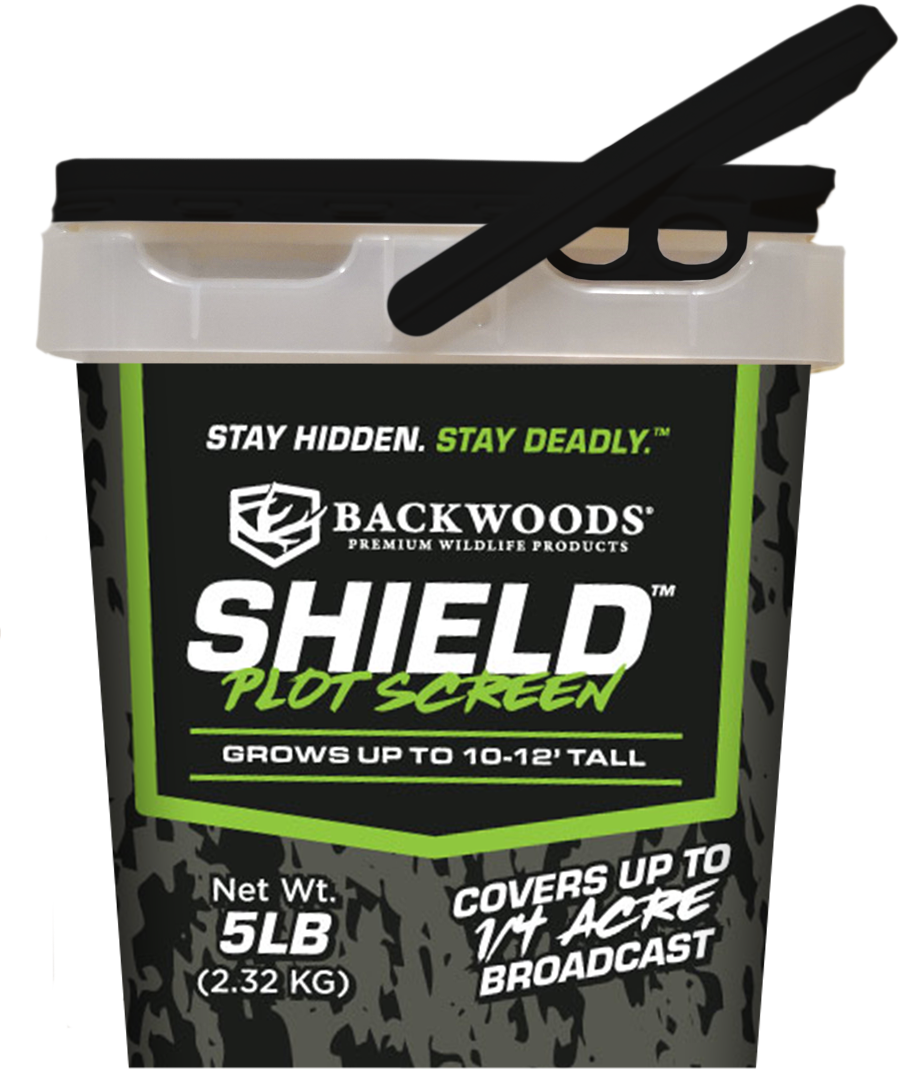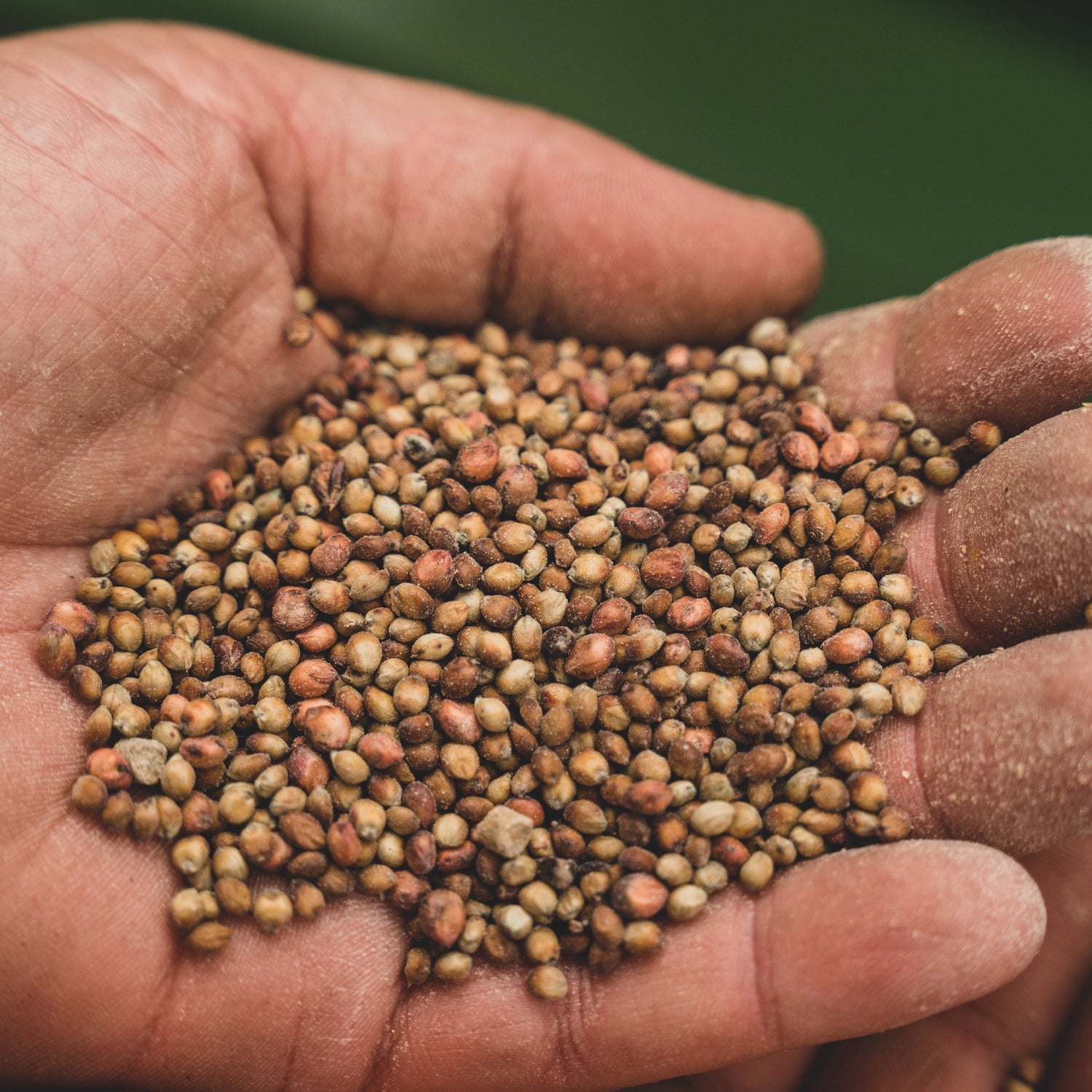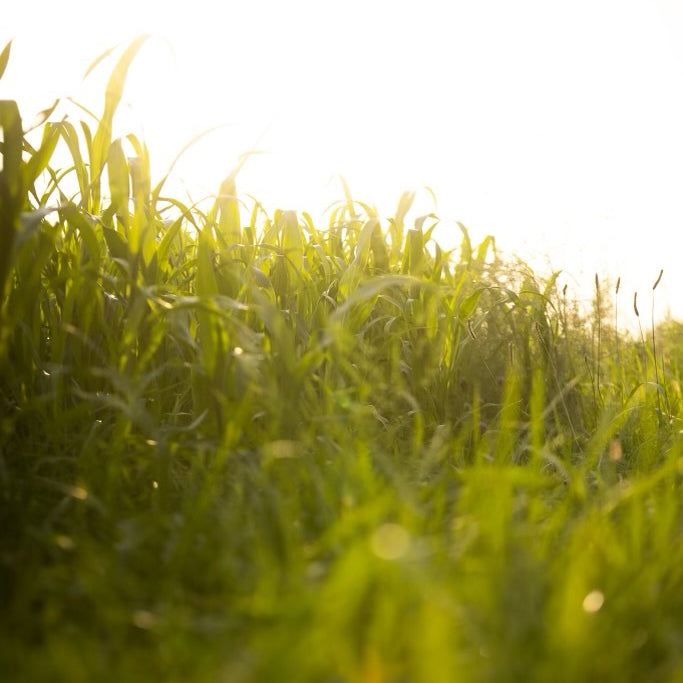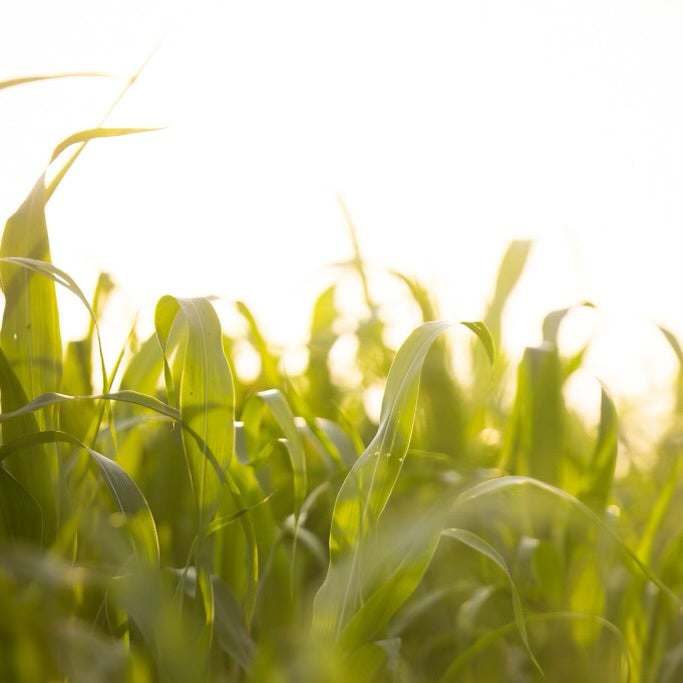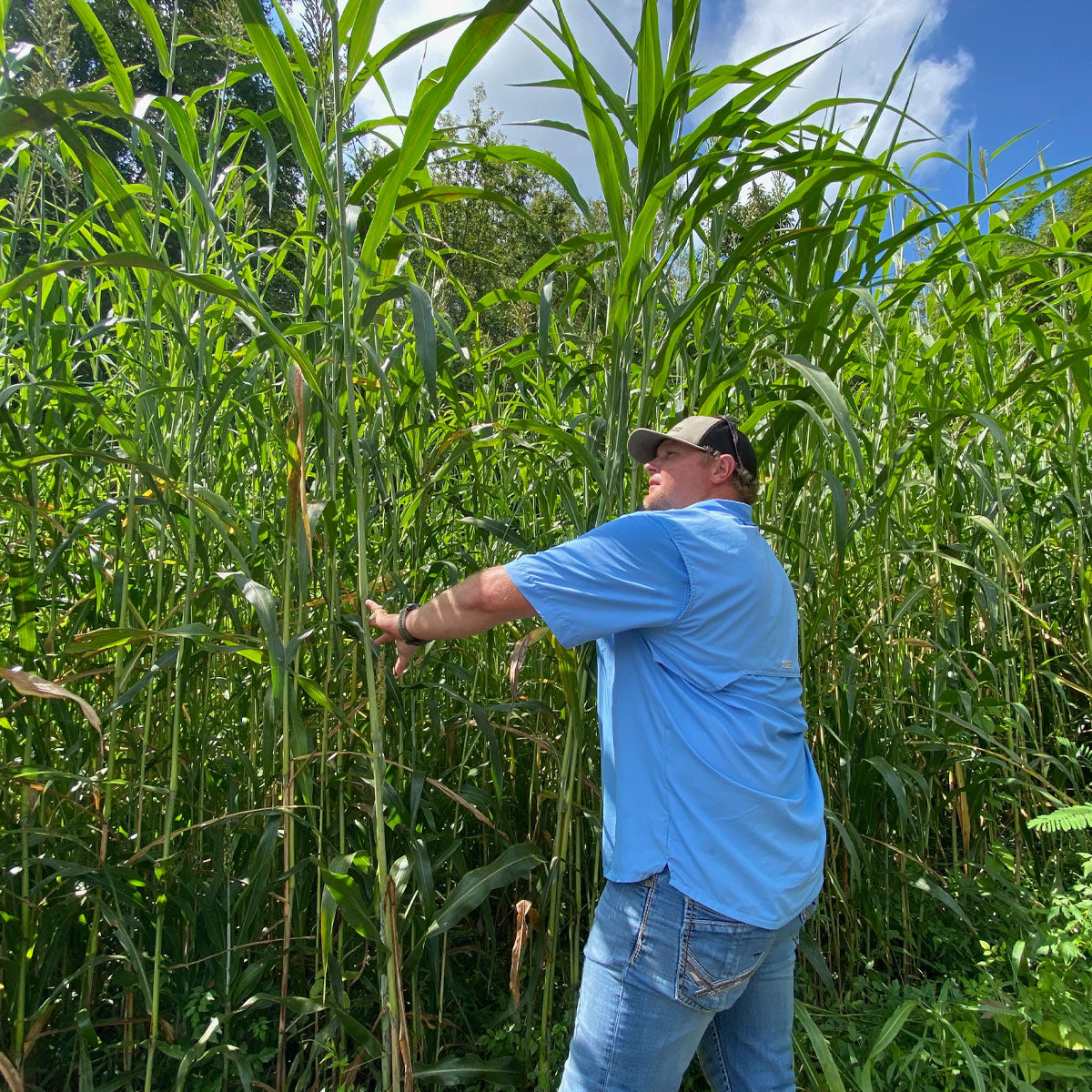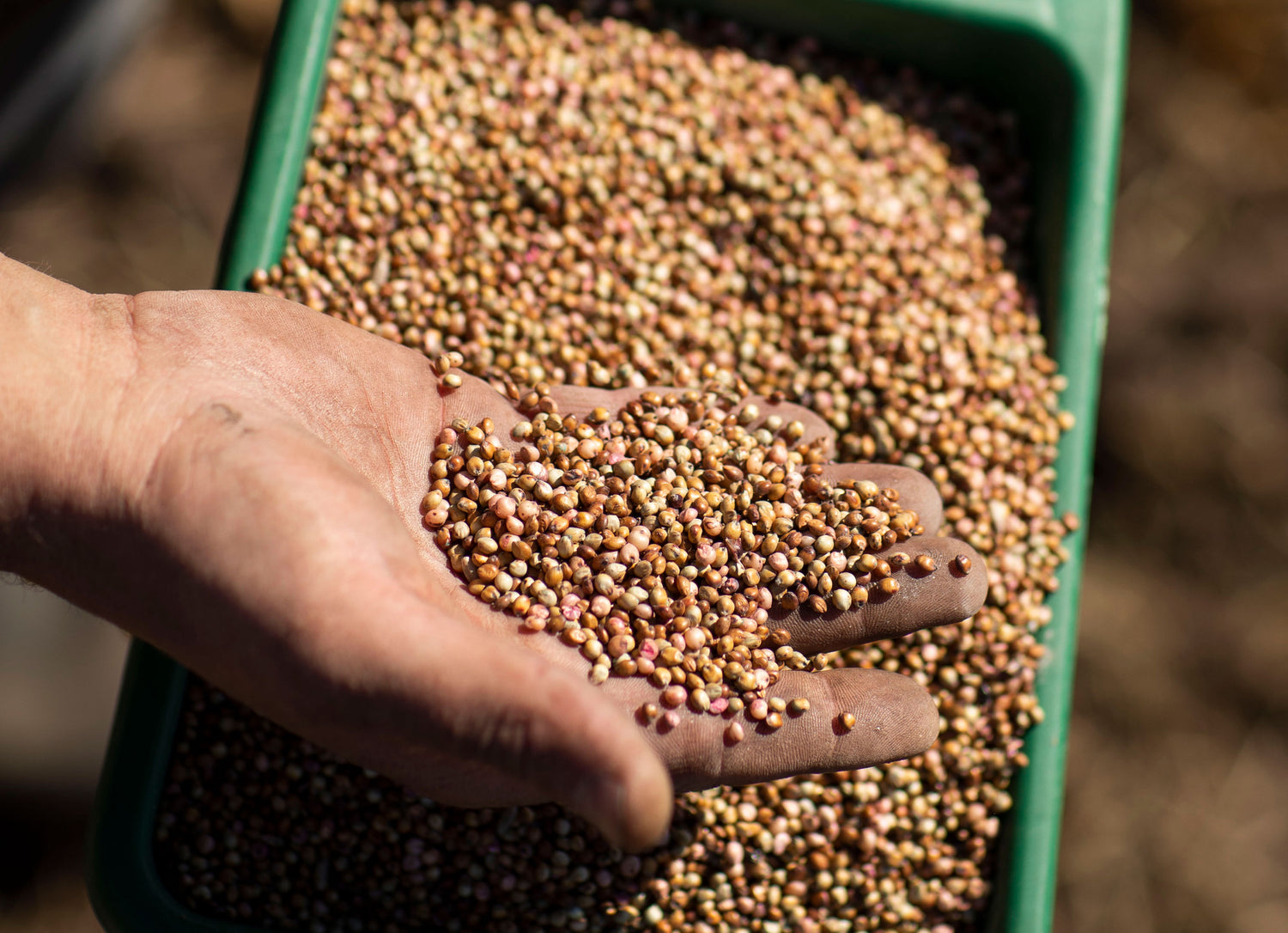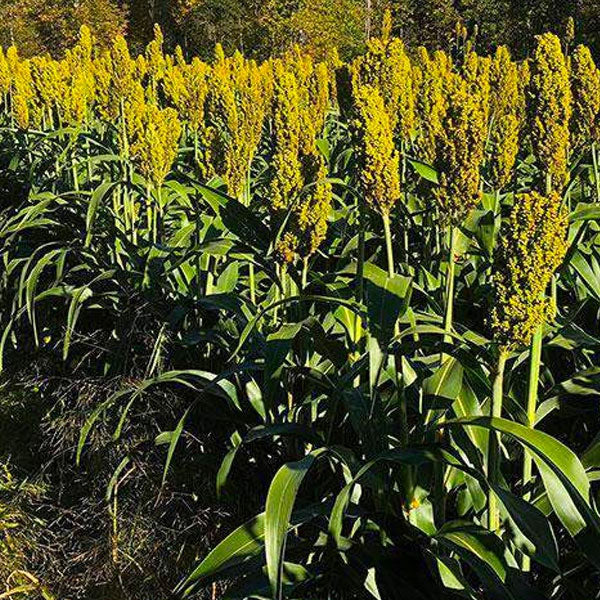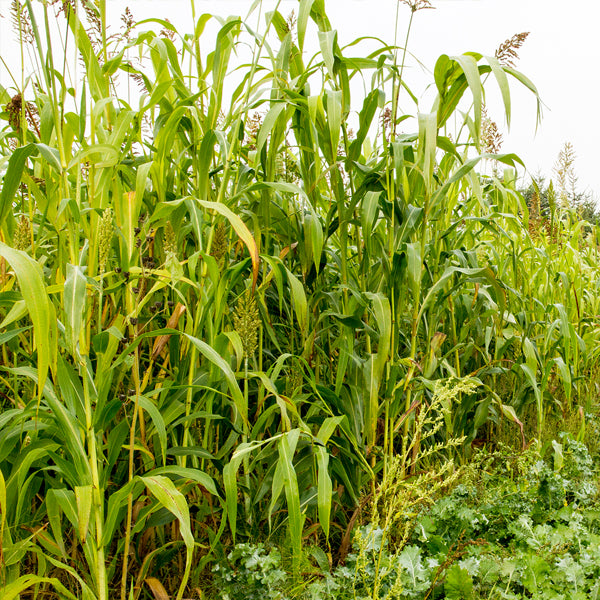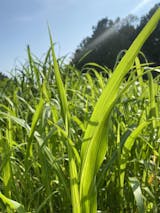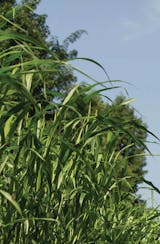SHIELD™
Stay Hidden. Stay Deadly.™
Shield™ is an advanced food plot screening blend engineered to create a dense, three-stage layered barrier that conceals movement, directs deer, and provides critical cover throughout the hunting season. Formulated with WGF Sorghum, Egyptian Wheat, and Sorghum-Sudangrass, this blend grows fast and tall, forming a thick, multi-layered wall that matures at staggered heights — delivering unmatched visual cover and structure.
Whether you’re protecting your food plot, covering your blind, or shaping deer movement, Shield™ delivers the performance you expect from Backwoods®. It grows aggressively, withstands tough Southern conditions, and enhances both deer confidence and hunter concealment from summer through the late season.

- A few left in stock!
Couldn't load pickup availability
Get More Out Of Your Plot
Why Hunters Plant Shield
Three Layered Screen
Varieties mature at different heights to create adense, structured wall that hides deer and hunters.
Enhance Movement
Secure cover encourages daytime travel and longer plot time.
Conceals Access
Masks entry/exit routes to stands or blinds to reduce pressure.
Rapid Growth
Establishes quickly and reaches full height in one growing season.
Versatile Use
Plot borders, pinch/funnel creation, wind/line-of-sight breaks, and blind wraps (deer & duck).
Natural Deer Funnels
Dense growth steers movement predictably for better shot opportunities.
The Blend
Egyptian Wheat | WGF Sorghum | Sorghum Sudan
Designed for height, density, and season-long structure.
Egyptian Wheat
WGF Sorghum
Sorghum Sudan
Food Plot Screen
Stay Hidden. Stay Deadly.™
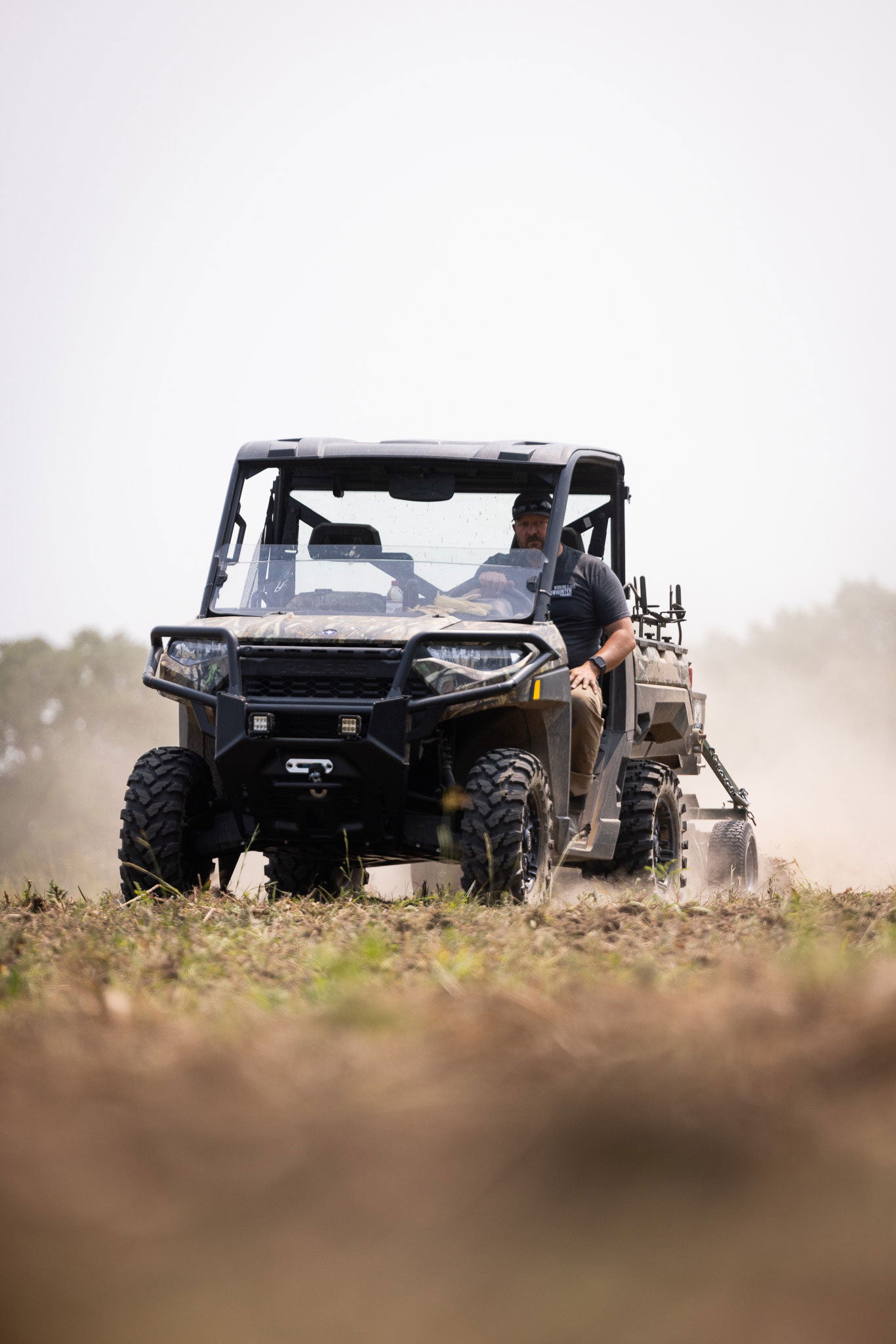
Planting Information
DESIGN: Use Shield™ to create screens, funnels, cover strips, or stand access routes.
PREPARATION: Clear debris, weeds, and vegetation.Till the seedbed and smooth the area to improve seed-to-soil contact.
SOIL TESTING & FERTILIZATION: Test pH and nutrient levels. Adjust pH to 6.0–7.0 with lime if needed. Fertilize per your soil test (pair with Fuel™ Cereal Grains for best results).
SEEDING RATES:
- Broadcast on Prepared Soil: 20 lbs/acre
- No-Till Broadcast: Increase rate by 20–25%
- Drilling: 14 lbs/acre for precise placement and firm seed-to-soil contact
PLANTING DEPTH:Plant at¼"–½". Lightly drag or roll to firm the seedbed and ensure good contact.
TIMING: Plant in late spring to early summer when soil temps are consistently 60°F+. For optimal results, plant90–100 days before first frost to reach maximum height.
MOISTURE: Ensure good soil moisture at planting. Irrigate if rain isn’t expected.Consistent moisture is critical for strong growth.
MAINTENANCE: Monitor for weed competition and manage as necessary. Maintain consistent moisture via rainfall or irrigation to support vigorous growth.Avoid herbicides that may harm screening plants.
ADJUSTED PLANTING RATE (PLS):Recommended rates assume1 00% Pure Live Seed (PLS) and 100% germination. Actual purity and germ vary by lot and should be accounted for when determining seeding rate. To adjust, multiply PLS × germ (decimals), then divide the label rate by that value. Adjusting for PLS and germ ensures proper coverage and maximizes your food plot’s success.

Rule: plant after last frost when soil ≥ 60–65°F, ideally 90–100 days before first frost to hit full 10–12 ft.
- Zone 1 (Gulf/FL coastal band):
March - June - Zone 2 (Deep South inland):
April - June - Zone 3 (Mid-South / lower
Appalachians):
April - June - Zone 4 (Midwest / Mid-Atlantic):
May - June - Zone 5 (SW High Plains / interior West low elevations):
May - June (earlier if a warm valley) - Zone 6 (Upper Midwest / Northern
Plains / higher elevations):
Late May - June
Frequently Asked Questions
How tall will Shield™ get?
With proper fertility and moisture,1 0–12 ft is achievable. Height depends on soil, N availability, and timely rains.
Do I need nitrogen?
Yes. These grasses are N-hungry. Use a soil test. If not available, apply6 0–90 lbs N/ac split (half at planting, half ~30 days later). Include P & K per recommendations.
Will it stand through storms?
It’s selected for standability, but wind and excess N can cause lodging. Plant multiple rows (2–4 wide), avoid over-fertilizing, and time the second N shot with rain.
Frost Tolerance?
Not frost tolerant. Plan to have the wall established before early frosts; it will still serve as visual cover after frost dry-down.
Can I mow lanes or windows through it?
Yes—mow access alleys or shooting windows after establishment to define travel and shot opportunities.
What if weeds show up?
Start ultra clean. Post-emerge options are limited in a mixed screen—mechanical control (edge mowing/handwork) is best.

